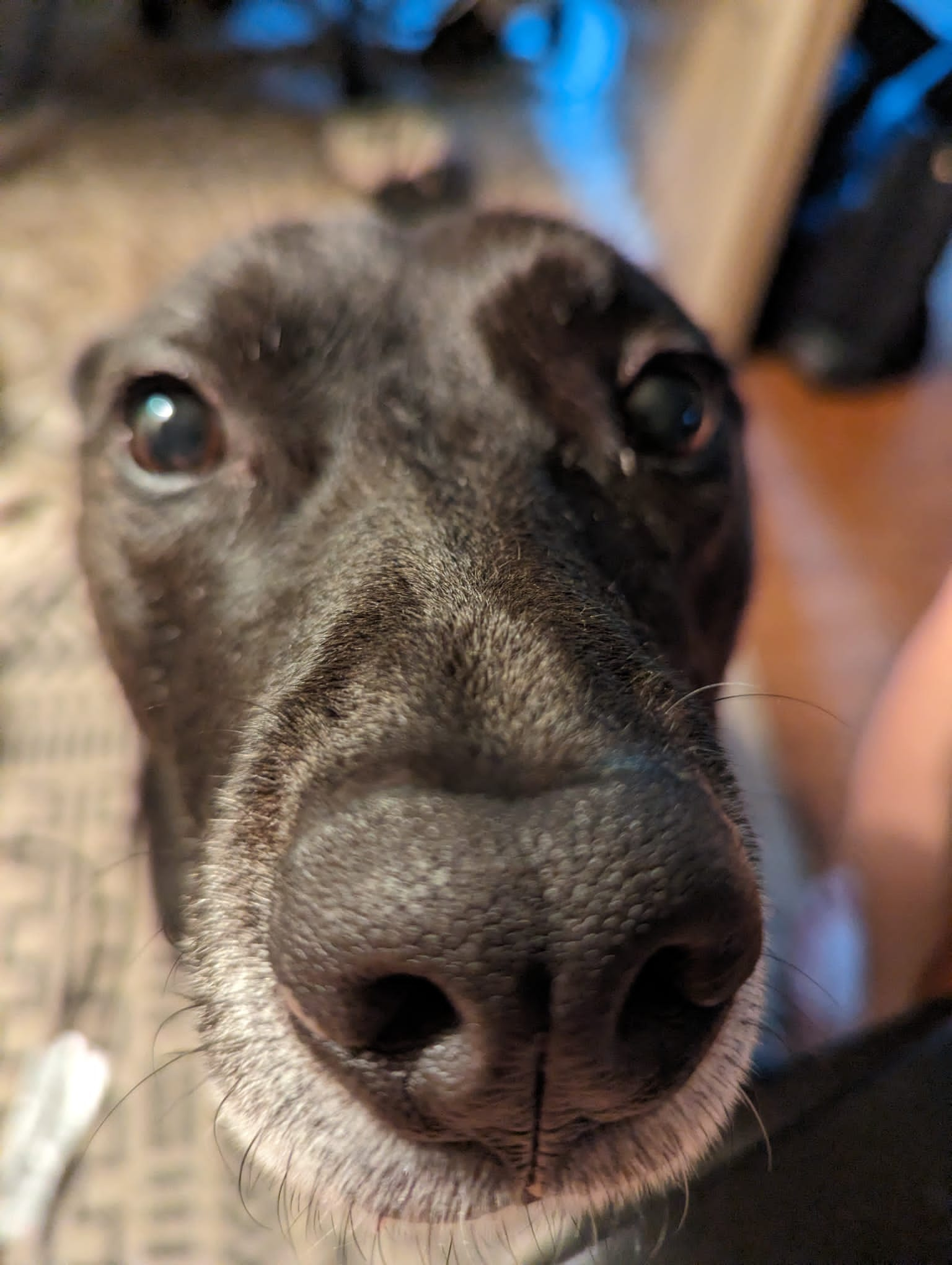How does GoodRx work as a business while also allowing you to get some prescriptions at a cheaper cost? It doesn’t seem like they could make enough money just from selling your information.
Linking someone else’s comment because drug pricing is very complex and I’d probably get some details wrong. Second paragraph is probably the answer you’re looking for, and the last paragraph was important too
https://old.reddit.com/r/pharmacy/comments/djf8xm/how_does_good_rx_make_money/f46ud1d/
GoodRx and other ‘discount’ cards (not to be confused of course with the manufacturer coupons / discount programs that exist for specific branded drugs that are paid for in other ways) make their money in several ways.
Primarily, this is in fees charged to the pharmacy on processing a claim. In essence, when you bill GoodRx, you’re going through largely the same process as billing any other pharmacy PBM electronically. GoodRx works with (pays) PBMs, wholesalers, etc the same way other PBMs do to access pricing data and adjudicate claims. When those claims are processed, goodrx returns a copay amount. Unlike in more traditional PBM arrangements, GoodRx claims will reflect a ‘negative’ reimbursement. This is the GoodRx fee, charged to you, upon processing. Example. A drug costs (actual acquisition cost, not AWP or other value) 10 dollars for 30 tablets. Like most of the corporate chains, cash pricing is way out of line (for lots of complex reasons, most but not all of them related to simple greed) and your ‘cash’ or private pay price is like, 80 dollars. GoodRx will modify the price and set a copay at 16 dollars or something like that, which the patient then pays. The reimbursement will reflect a ‘negative’ 5 dollar amount, which is what you, the pharmacy, pay GoodRx for the claim. This is justified in a number of ways - they brought you business, being the primary one. So you’re left with 1 dollar in gross profit before labor and other costs. Factor those in, and you’ve likely lost money on the claim.
GoodRx also almost certainly makes money via de-identified aggregate healthcare data sold to the highest bidder, like all PBMs also do. Information about which drugs are most popular in which regions, or which drug within a class is most in demand, has value for all kinds of reasons - not much value, but definitely some.
Further GoodRx probably makes some degree of revenue from ad traffic, etc, though I doubt it’s much and can’t actually confirm what if any ads they run on their main site or mobile. (I’m running several different methods of removing ads from sites like that, and don’t feel like going through the trouble of disabling them).
In short, these companies are absolutely making money, and they’re doing it by, effectively, taking money from pharmacists, technicians, and others who work in customer-facing point of sale settings in pharmacy. The money could theoretically come from elsewhere, but inside the retail pharmacy is where most of the labor squeeze seems to be, and that means us. Most of the billing and true numbers going on here are hidden from your typical corporate retail pharmacist - most of the pharmacists I interact with have no idea how much the medication they’re dispensing might actually cost. They rely on things like AWP, insurance reimbursement, copays, and automatically generated cash prices - all of which are incredibly unreliable.
The entire situation sucks. Significant legislation - and honestly, preferably, nationalization / socialization of the entire system - would be needed to even have a chance at providing a remedy to some of the underlying issues here. While it’s true that most people have no idea what the true cost is for most of the products / services / goods they consume are, things like medication (and healthcare in general) are incredibly opaque, which makes any attempt at pretending they operate in a ‘free market’ space more or less a farce.
deleted by creator



